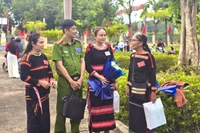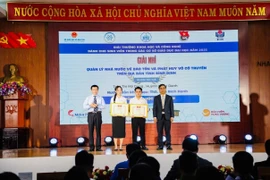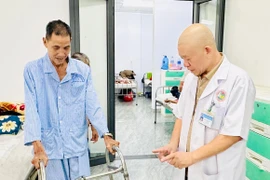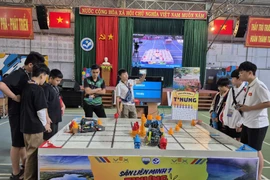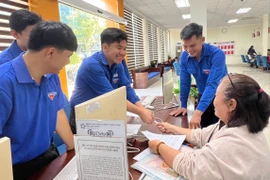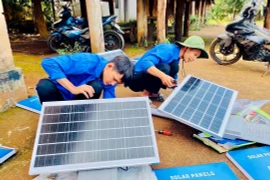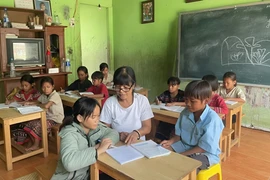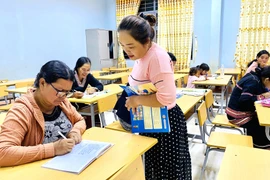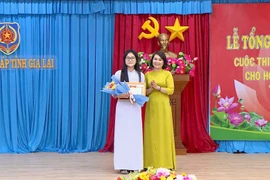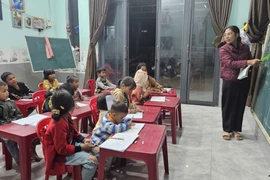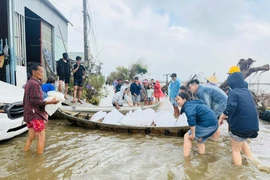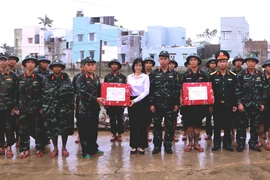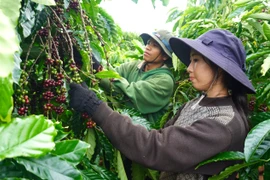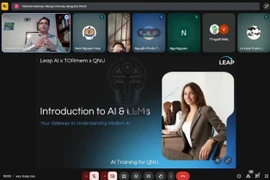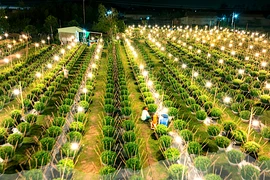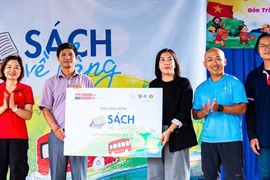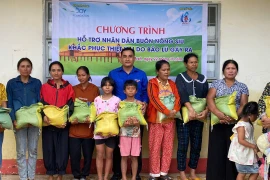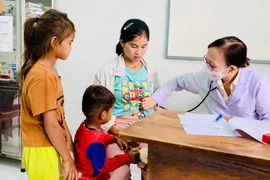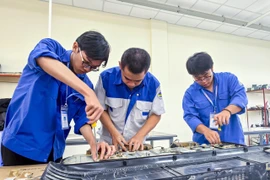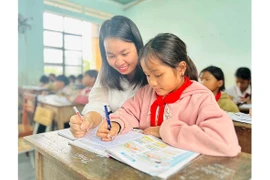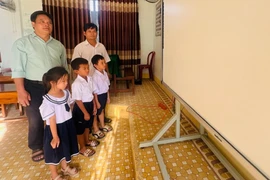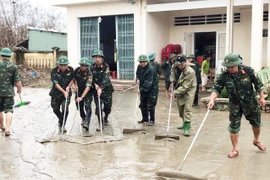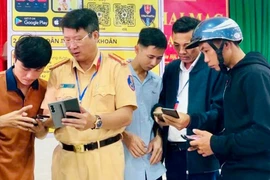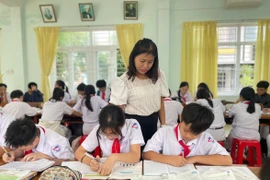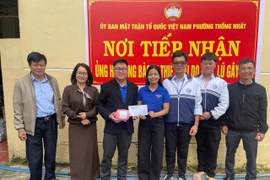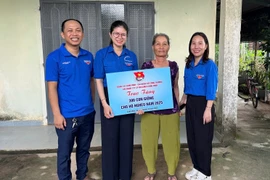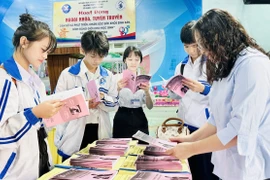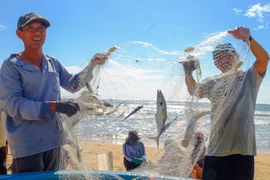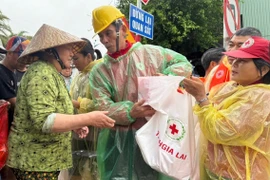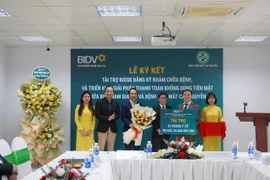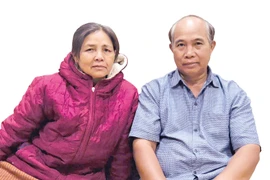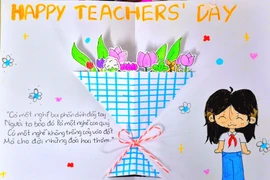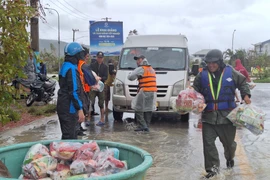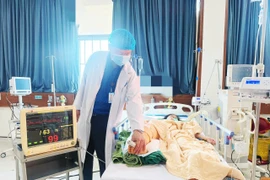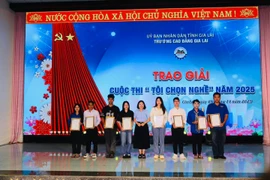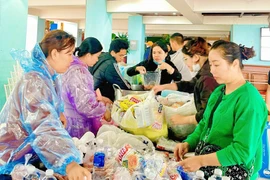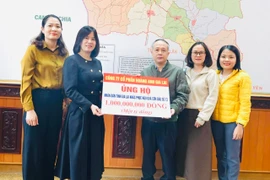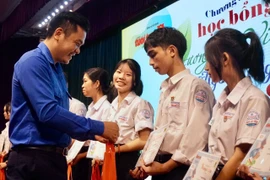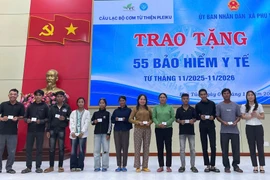Its fertile waters sustain thousands of settlers and local ethnic groups, while offering new opportunities for tourism and economic development.
At dawn in mid-October, the Sê San stirred to life as the hum of small boat engines broke the morning mist. From the Dăng village ferry landing in Ia O commune, fishermen set out across the rippling surface.
Among them was Lâm Thanh Tính, a migrant from Đồng Tháp Province, skillfully casting his nets. His daily income ranges between 500,000 and 1 million đồng (about US$20–40). “It’s hard work, but this river sustains me,” he said, smiling as silver fish shimmered in his bucket.
Many families from Huế, Bình Phước and the Mekong Delta have journeyed here, building floating houses from wood and corrugated iron along the Sê San’s banks. Inside, the hum of daily life mixes with children’s laughter and the steady rhythm of the river.
Building new lives on Ba Chơn Island
Ba Chơn Island—named after its first settler—lies in the middle of the Sê San 4 hydropower reservoir. Once a desolate mound, it now thrives with greenery, crowing roosters and the chatter of schoolchildren.
Among the island’s pioneers are Trần Thanh Trường and his wife, Nguyễn Thị Oanh, who raise redtail catfish and gobies in floating cages. “From an empty place, we now have a dozen homes. Life here is tough but better than before,” Oanh said.
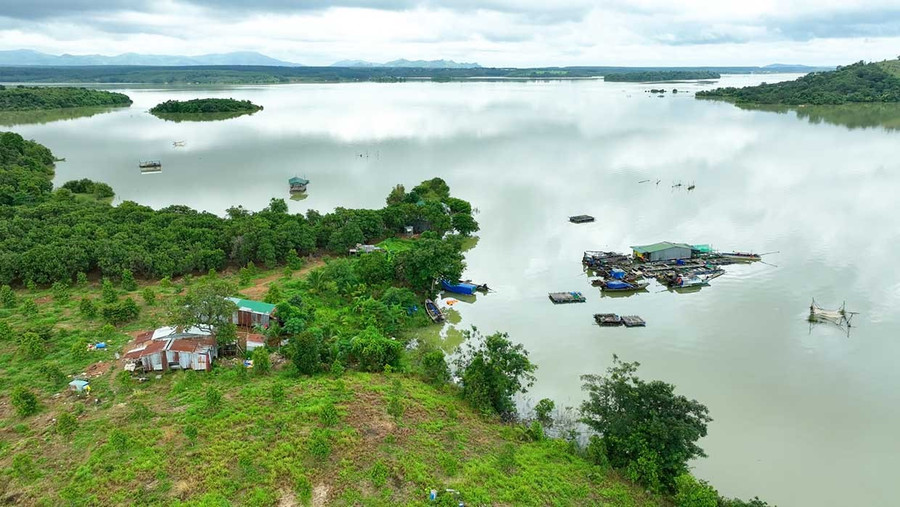
Fishing for a future
Along the sunlit waters, Đàm Văn Sáng harvests bright red tilapia from more than 20 fish cages. His initial investment exceeded 1 billion đồng (about US$40,000). “Each harvest brings in dozens of tons,” he said proudly. “Traders come straight to the cages to buy.”
Where memory and heritage flow
For the Jrai ethnic people, the Sê San—known locally as Pô Cô—is steeped in legend. The A Sanh ferry landing, once a wartime crossing, now stands as a memorial site honoring those who fought for the nation’s independence. Border guards still patrol the river daily, ensuring security while supporting residents and helping local children attend school.
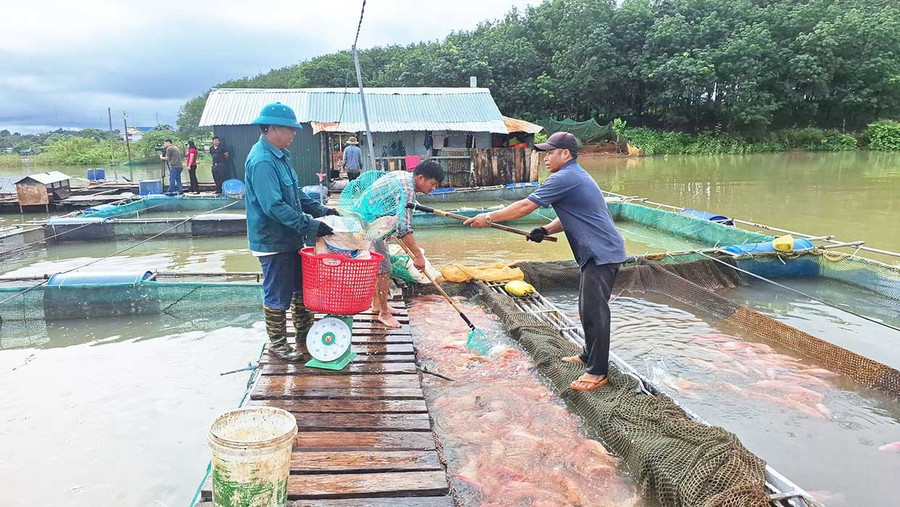
Rising tourism potential
Locals like tour operator Trương Quốc Khánh now see the Sê San as a natural attraction. “Visitors often say this place is as beautiful as Hạ Long Bay,” Khánh said, steering his boat through the mist-covered river encircled by mountains. The region’s emerging tourism scene is also buoyed by its cuisine—anchovy salad, redtail catfish hotpot and grilled fish wrapped in banana leaves.
At the Kim Ngân floating restaurant, owner Phan Thị Lý serves the river’s signature anchovy dishes. “The fish are small and nearly transparent, but full of flavor,” she said. “Even people who’ve moved away call to order dried anchovies.”
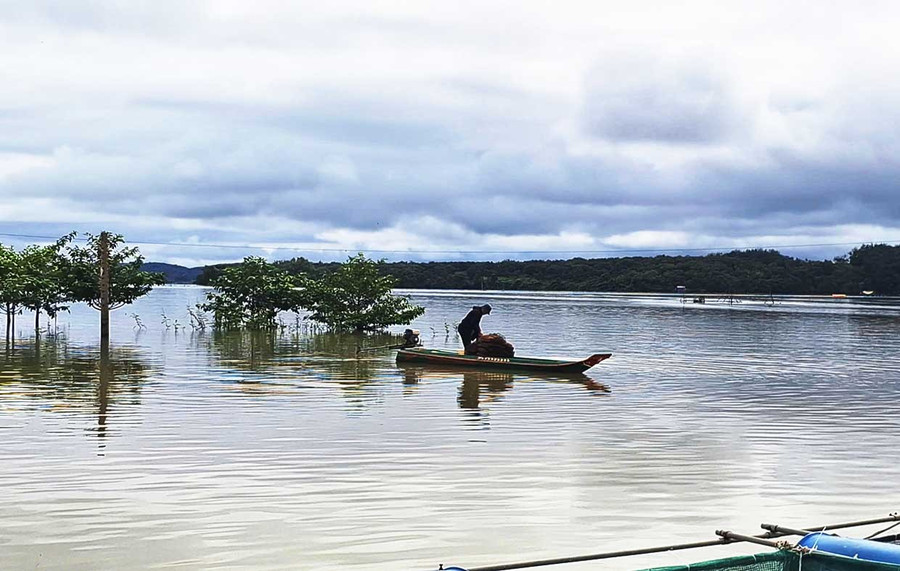
A river of aspirations
Local authorities are exploring ways to develop tourism, combining the river’s beauty with indigenous Jrai culture. For now, residents rely on faith, hard work and the Sê San’s bounty. As the river continues to nourish livelihoods, it also carries the hopes of a community striving for a sustainable future.
From its tranquil mornings to the echo of gongs in nearby villages, the Sê San is more than a river—it is a living chronicle of Vietnam’s frontier life, where people and nature together write a story of perseverance and renewal.

